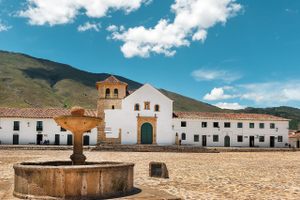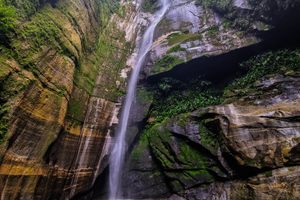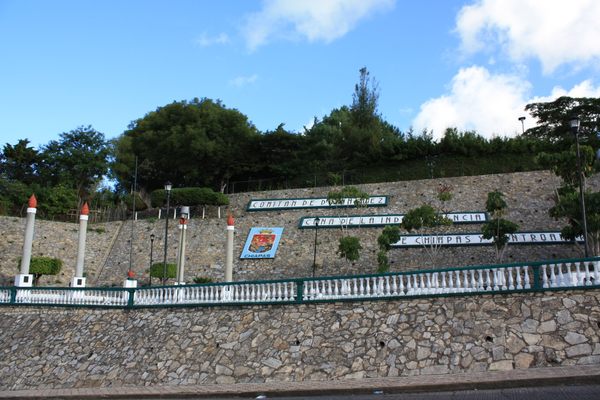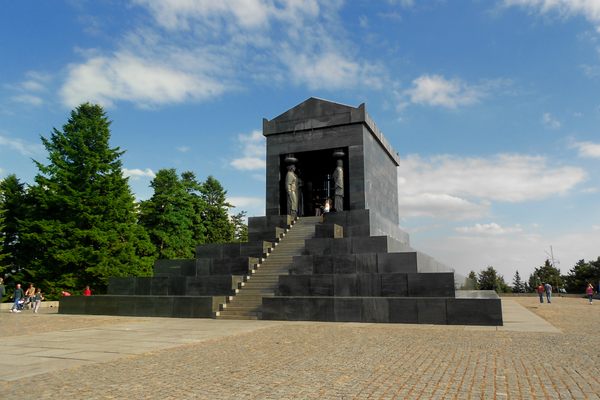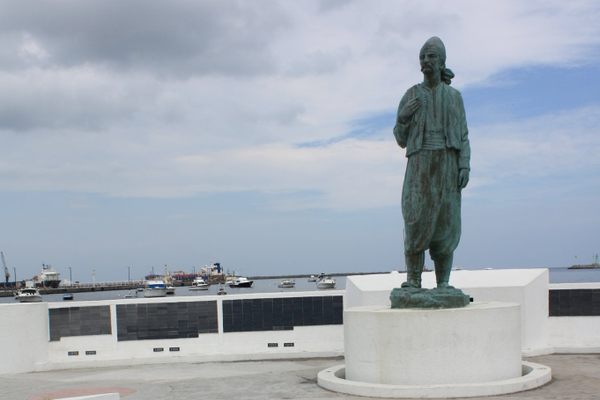About
The Puente de Boyacá is a small, fairly unassuming bridge that spans the narrow Teatinos River, not far from the city of Tunja in central Colombia. Now a symbol of South America's struggle for independence, it was once a pivotal feature during the decisive Battle of Boyacá in 1819.
On August 7, 1819, forces fighting for the independence of New Granada (corresponding to modern Colombia, Ecuador, Panama, and Venezuela), met in battle with forces loyal to the Spanish monarchy. Both armies were heading for Bogotá, which at the time lay lightly defended. At stake was control of the capital, and potentially the dream of an independent South America.
The two armies clashed in a place known as Casa de Teja, where a bridge crossed over the Teatinos River. Leading the rebel army of about 3,000 men were the great liberator Simón Bolívar and Colombian hero Francisco de Paula Santander. Santander cut off the Spanish vanguard near the Puente de Boyacá, while Bolívar’s troops attacked the main force half a mile away. It was a resounding victory for the rebels, who captured some 1,800 prisoners including the Spanish commander. Bolívar went on to capture Bogotá three days later, an act that saw him hailed as the liberator of New Granada.
The original bridge over the Teatinos was destroyed some time after the battle, but was rebuilt in 1939. Around the same time, the Puente de Boyacá was declared a National Monument and memorial to the War for Independence.
Since then, a number of secondary monuments, some far more elaborate than the bridge, have been built around the Puente de Boyacá. These include a large statue of Simón Bolívar (known as the Von Miller Monument, after its German sculptor), a statue of Santander, the Flags Square, an obelisk on the top of the hill, and a Triumphal Arch. The latter depicts the three main races that formed the Colombian ethnic mix (Caucasian, African and indigenous). Some of these monuments, and the bridge itself, are in need of restoration, plans for which were being made as of August 2018.
Related Tags
Know Before You Go
Any bus running between Bogotá and Tunja can drop you off or pick you up from the road just near the Puente de Boyacá (some of the surrounding monuments are located on the other side of the road). Entrance is free.
Colombia Discovery: Coffee, Art & Music
Explore Colombia's depth: art, history, culture & transformation.
Book NowCommunity Contributors
Added By
Published
September 5, 2018
Sources
- https://nomadicniko.com/2017/06/20/puente-de-boyaca/
- http://www.boyaca.gov.co/14-mi-boyaca/historia/32-el-puente-de-boyaca-y-sus-monumentos
- https://www.colombia.com/turismo/sitio/puente_boyaca/
- https://www.boyacaradio.com/noticia.php?id=16532
- http://www.wradio.com.co/noticias/regionales/se-requieren-de-60-mil-millones-de-pesos-para-restaurar-el-puente-de-boyaca/20180801/nota/3781386.aspx
- https://www.las2orillas.co/puente-de-boyaca-sera-reactivado-en-2019/















